
How to Reduce Food Waste at Home and In Your Community
Summary
Reducing food waste is crucial for environmental and economic sustainability. Consumer food waste significantly contributes to greenhouse gas emissions and landfill waste. Community initiatives like Food Rescue US and City Harvest play vital roles in diverting surplus food to those in need. At home, simple practices like meal planning, proper food storage, creative use of leftovers, composting, and understanding food labels can make a big difference in minimizing food waste.
Reflection Questions
- How does food waste impact your local community, and what steps can you take to be part of the solution?
- In what ways can community initiatives like food rescue organizations and composting programs benefit your neighborhood?
- How can better meal planning and food storage practices help reduce your household’s food waste?
Journal Prompt
Reflect on your current food waste habits at home. What are the main causes of food waste in your household? Write about specific changes you can implement to reduce food waste, such as better meal planning, creative use of leftovers, and participating in community food waste reduction programs. Consider the environmental and economic benefits these changes could bring.
Nobody feels good about throwing away food, but we all do it—and that adds up. Consumer food waste is not only hard on our communities but also on our planet. According to this resource from the USDA, wasted food “embodies 170 million metric tons of carbon dioxide equivalent (million MTCO2e) GHG emissions (excluding landfill emissions) – equal to the annual CO2 emissions of 42 coal-fired power plants.” A similar study from the EPA found that almost a quarter of all landfill waste is made up of food we tossed out. Preventing food waste is key to reducing global greenhouse gas emissions, supporting our communities, and keeping our landfills from overflowing.
In this article, we celebrate community food waste reduction initiatives like Food Rescue US and City Harvest that are making major differences around the country. We also list easy ways that you can stop food waste at home. From making sure you store food properly to adding date labels to all perishable foods you repackage, here’s how to make the most of the food you have while protecting our planet.
Understanding Food Waste and Its Implications
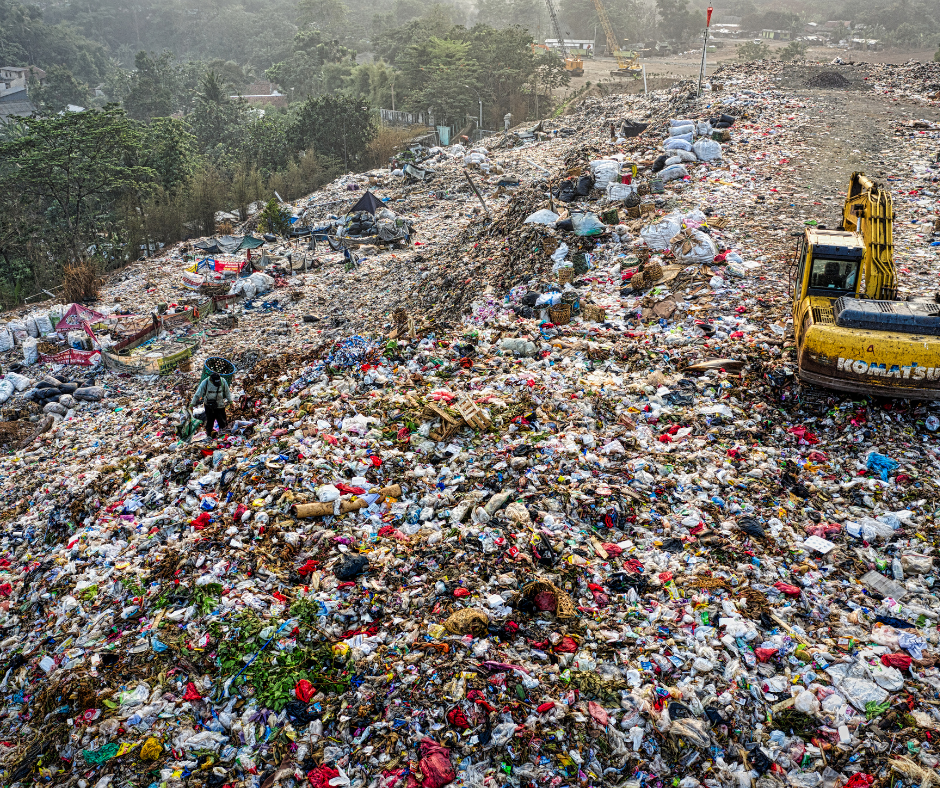
Food waste refers to food that is fit for consumption but is discarded at the retail and consumer levels. It includes edible food thrown away due to spoilage, excess purchasing, improper storage, or plate waste. Food loss—on the other hand—occurs at the food production, post-harvest, and processing stages, often due to poor infrastructure, storage, and handling. Together, food waste and loss represent a significant inefficiency in the global food system.
What Qualifies as Food Waste?
Food waste encompasses any food that is discarded or unable to be consumed by humans. This includes food that is spoiled or damaged, as well as perfectly edible food that is not consumed due to over-preparation or personal preference.
It is a multifaceted issue that is influenced by consumer behavior, food safety standards, and market practices. The distinction between food waste and food loss is important, with the former occurring primarily at the end stages of the food supply chain—including retail and consumption.
Impact of Food Waste on the Environment
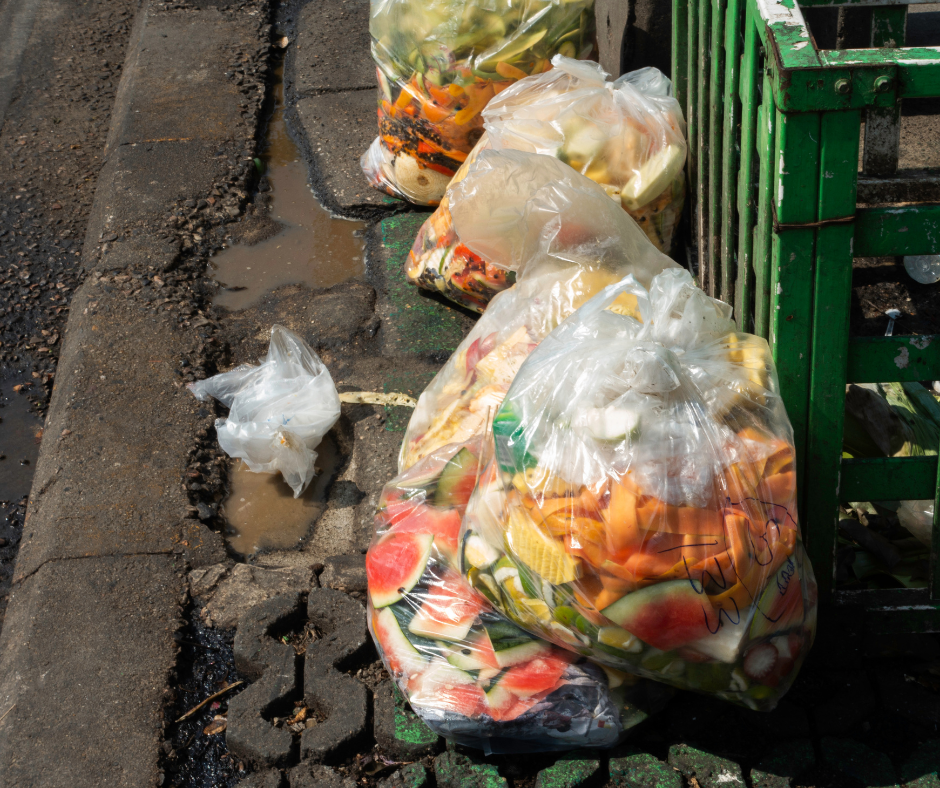
The environmental impact of wasting food produced for human consumption is profound. Food waste accounts for 8-10% of global emissions—releasing methane as it decomposes in landfills.
The production of wasted food consumes vast amounts of water, land, and energy, contributing to deforestation, loss of biodiversity, and depletion of natural resources. Reducing food waste is thus crucial for mitigating climate change and promoting environmental sustainability.
Economic Implications of Food Waste
Economically, food waste represents a massive loss of resources and potential revenue. Globally, it is estimated that food waste costs the economy around $1 trillion annually. This includes the direct costs of wasted food, as well as the indirect costs associated with production, transportation, and disposal.
Reducing food waste can improve food security, lower food prices, and increase profitability for farmers and businesses. Effective strategies to minimize food waste can thus have significant economic benefits, driving efficiency and sustainability in the food system.
How Communities Are Fighting Food Waste

Community food waste reduction initiatives are grassroots efforts aimed at minimizing the amount of food discarded at the local level. These initiatives often involve partnerships between local governments, non-profits, and community members to create programs that educate the public about food waste, encourage better food management practices, and establish systems for redistributing surplus food. These initiatives usually include composting programs, food sharing apps, community fridges, and food rescue events. By addressing food waste locally, these efforts contribute to broader environmental sustainability and food security goals.
Food Rescue Organizations

Food rescue organizations play an important role in reducing food waste by diverting surplus food from landfills and redistributing it to those in need. These organizations work with food producers, retailers, and restaurants to collect excess food that would otherwise be thrown away.
They ensure this food reaches food banks, shelters, and community kitchens—providing nutritious meals to vulnerable populations. Food rescue organizations not only help alleviate hunger but also raise awareness about the importance of reducing food waste and promote more sustainable food systems.
Food Rescue US
Food Rescue US is a national organization that uses technology to connect food donors with local agencies that serve individuals and families in need. Through its mobile app, volunteers are matched with available food rescues, facilitating the timely and efficient transfer of surplus food from donors to recipients.
Food Rescue US has saved millions of meals from going to waste and redirected them to feed the hungry. Their work not only reduces food waste but also supports hunger relief efforts across the United States.
City Harvest
City Harvest is a pioneering food rescue organization based in New York City. Founded in 1982, it collects surplus food from restaurants, grocers, and farms and delivers it to community food programs throughout the city.
City Harvest’s operations include large-scale food rescue, nutrition education, and mobile markets that bring fresh produce to underserved neighborhoods. By rescuing millions of pounds of food annually, City Harvest plays a critical role in reducing food waste and addressing food insecurity in one of the largest urban areas in the world.
Community Composting Programs
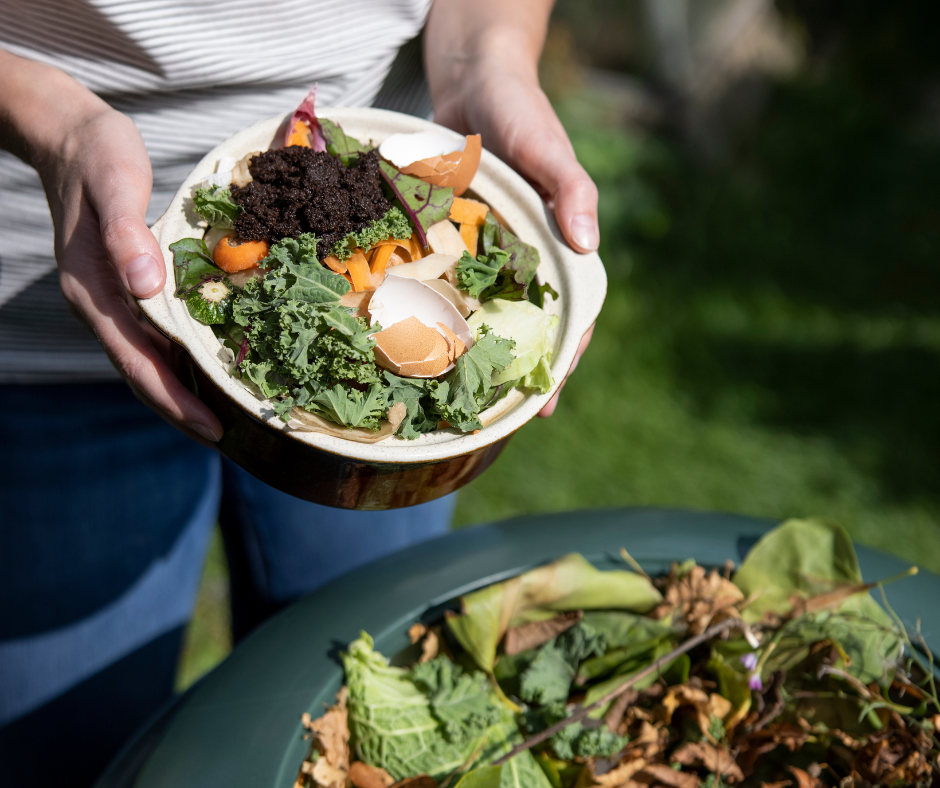
Community composting programs are local initiatives designed to turn organic waste into valuable compost, reducing landfill waste and promoting sustainable practices. These programs often involve collecting food scraps, yard waste, and other organic materials from residents and businesses, which are then processed into compost at a central facility or community garden.
The compost produced is typically used to enrich local soils, support community gardens, and promote urban agriculture. By engaging community members and providing education on composting benefits, these programs help reduce the environmental impact of waste and foster a sense of community responsibility and sustainability.
LA Compost
LA Compost is one of the most impressive examples of a community composting program. Of course, it’s based in Los Angeles, California. This organization operates a network of composting hubs throughout the city, where residents can drop off their food scraps and learn about composting.
LA Compost partners with community gardens, schools, farmer’s markets, and other local organizations to create decentralized composting sites that process organic waste and produce compost for local use. By promoting composting education and community engagement, LA Compost helps divert organic waste from landfills and supports sustainable urban agriculture in Los Angeles.
CompostNow
CompostNow is a composting service that operates in several cities in the southeastern United States, including Raleigh, Durham, and Atlanta. This program offers a convenient subscription service where members receive a compost bin to collect their food scraps and other compostable materials.
CompostNow collects the bins weekly, processes the organic waste, and returns nutrient-rich compost to members or donates it to local farms and gardens. By providing an easy and effective way for residents and businesses to compost, CompostNow helps reduce landfill waste and supports local agriculture and soil health.
Food Sharing Platforms

Food sharing platforms are innovative solutions aimed at reducing food waste by connecting individuals and businesses with surplus food to those who can use it. These platforms often operate through mobile apps, allowing users to list and share excess food items that would otherwise go to waste.
They facilitate the redistribution of food within communities, ensuring that edible food is consumed rather than discarded. By promoting food sharing, these platforms help address food waste, reduce environmental impact, and foster a sense of community and cooperation.
Too Good To Go
Too Good To Go is one food sharing platform that fights to reduce wasted food from restaurants, cafes, and supermarkets. The app allows users to purchase surplus food from these food industry businesses at a reduced price—rescuing meals that would otherwise be discarded. Businesses list their unsold food items in “magic bags,” which users can then buy and pick up.
Too Good To Go aims to make a positive impact on the environment by minimizing food waste while providing consumers with affordable meals. The platform operates in multiple countries and has saved millions of meals from ending up in landfills.
Farmers Market Gleaning Programs
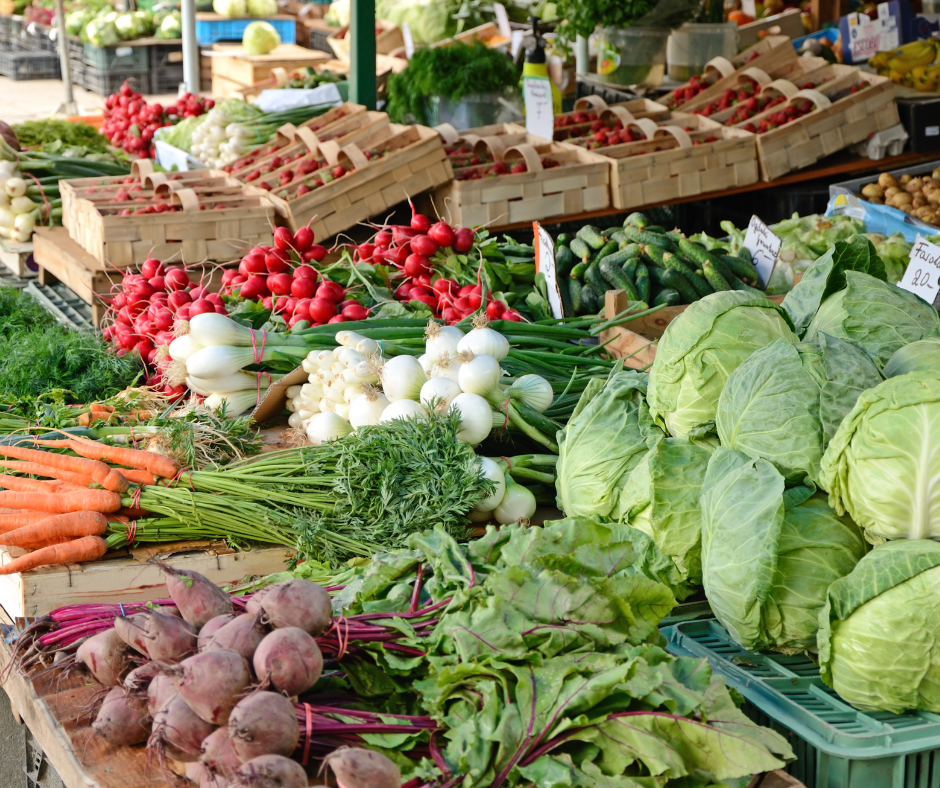
Farmers market gleaning programs are initiatives designed to collect surplus produce from farmers markets and redistribute it to those in need. These programs often involve volunteers who gather unsold, but still fresh and nutritious, fruits and vegetables at the end of market days. The collected produce is then donated to food banks, shelters, and community kitchens, helping to address food insecurity while reducing food waste. Gleaning programs not only support local farmers by providing an outlet for excess produce but also foster community engagement and sustainability.
Fuel your creative fire & be a part of a supportive community that values how you love to live.
subscribe to our newsletter
*please check your Spam folder for the latest DesignDash Magazine issue immediately after subscription

AmpleHarvest.org
AmpleHarvest.org is a national organization dedicated to connecting gardeners and farmers with local food pantries to share their surplus harvests. Through its online platform, AmpleHarvest.org empowers people to find nearby food pantries that accept fresh produce donations. The organization aims to reduce food waste and improve access to fresh, healthy food for those in need.
By facilitating the donation of excess produce from farms, gardens, and farmers markets, AmpleHarvest.org supports community-based efforts to combat hunger and promote sustainable food systems. The organization’s extensive network and resources make it a valuable partner in the fight against food waste and food insecurity.
Educational Workshops and Campaigns
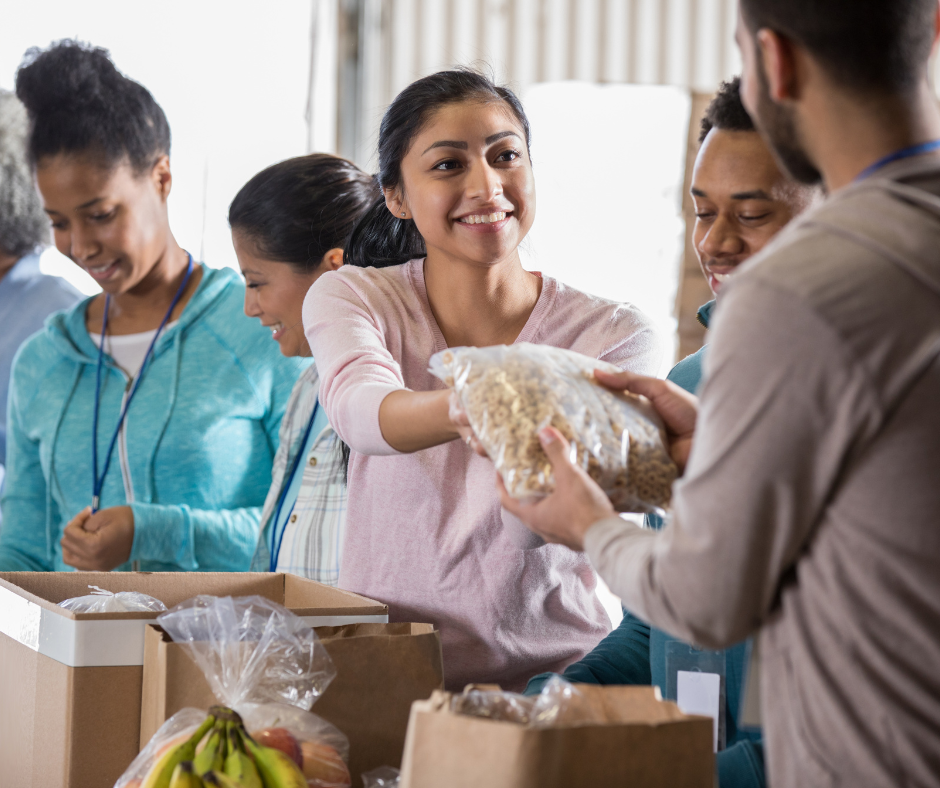
Educational workshops and campaigns are essential tools in the fight against food waste. These initiatives aim to raise awareness about the impact of food waste on the environment and economy, and provide practical strategies for reducing waste at home and in communities. Workshops often cover topics such as meal planning, proper food storage, and creative ways to use leftovers, while campaigns may include public service announcements, social media outreach, and community events. By educating individuals and communities about the importance of reducing food waste, these efforts help foster more sustainable behaviors and contribute to global waste reduction goals.
Love Food Hate Waste
Though not based in the US, Love Food Hate Waste is a great example of a food waste reduction campaign. Launched in the UK by WRAP (Waste and Resources Action Programme), the campaign focuses on educating consumers about the environmental and financial impacts of food waste, and offers practical tips and resources to help households reduce their food waste.
Love Food Hate Waste provides recipes for using up leftovers, advice on proper food storage, and tools for better meal planning. The campaign has been successful in raising awareness and encouraging more sustainable food practices, and its resources are now used in various countries around the world.
EPA’s Food: Too Good to Waste
The U.S. Environmental Protection Agency’s (EPA) Food: Too Good to Waste initiative aims to reduce food waste at the community level by promoting better food management practices. The program provides a toolkit with strategies for reducing waste, including tips for shopping, storage, and meal planning.
It also offers educational materials and resources for conducting community workshops and campaigns. The initiative encourages households to measure their food waste and set goals for reduction—helping to create a cultural shift towards more mindful consumption and waste reduction.
Community Fridges

Community fridges are public refrigerators set up in accessible locations where individuals and businesses can donate surplus food, and anyone in need can take food for free. These fridges operate on the principle of mutual aid and food sharing.
Community fridges are typically stocked with perishable items such as fruits, vegetables, dairy products, and prepared meals that would otherwise go to waste. They are maintained by local volunteers and supported by donations from community members, businesses, and organizations. By fostering a spirit of sharing and cooperation, community fridges contribute to sustainable food systems and community resilience.
Freedge
Freedge is a global network of community fridges that promotes food sharing to reduce waste and improve food security. Founded in California, Freedge supports the establishment of community fridges by providing resources, guidance, and a platform for connecting volunteers and donors. Each Freedge location operates independently, tailored to the needs and resources of its local community.
The initiative encourages the public to donate surplus food and help maintain the fridges—fostering a collaborative effort to fight food waste and hunger. Freedge’s success has since inspired numerous similar projects worldwide.
Action Items: 5 Things You Can do TODAY to Reduce Food Waste at Home
1. Plan Your Meals
Create a weekly meal plan and make a shopping list based on that plan. This helps ensure you buy only what you need and use up what you already have. Planning meals reduces impulse buying and prevents food from spoiling before you get a chance to eat it.
2. Store Food Properly
Learn how to store different types of food to extend their shelf life. For example, keep fruits and vegetables in separate drawers in your refrigerator, store dry goods in airtight containers, and keep dairy products in the coldest part of the fridge.
3. Use Leftovers Creatively

Turn leftovers into new meals by incorporating them into soups, stews, casseroles, or salads. You can also use leftover vegetables to make a stir-fry or turn stale bread into croutons or breadcrumbs. Websites and cookbooks dedicated to leftovers can provide additional inspiration.
4. Compost Food Scraps
Set up a compost bin to turn food scraps and organic waste into nutrient-rich compost for your garden. Composting reduces the amount of waste sent to landfills and provides a valuable resource for gardening.
5. Understand Food Labels
Learn the difference between “best before” and “use by” dates. “Best before” dates indicate when the product is at its peak quality, while “use by” dates relate to safety. Many foods are still safe to eat after the “best before” date, helping you avoid unnecessary waste.








